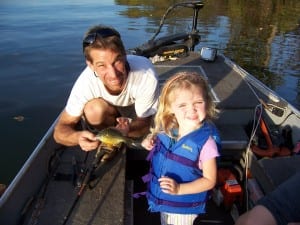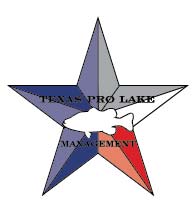Photo Caption:Eddie Bridges and his North Carolina Wildlife Habitat Foundation helped raise money to build the Frank A. Sharpe Jr. Wildlife Education Center at Bur-Mil Park. This month, “Field & Stream” magazine named Bridges one of its “Heroes of…
What do you think?
GREENSBORO — There is no conference room.
No expense account.
No staff.
No office.
Just a phone number and a website.
If you call the number, that sonic boom of a voice on the other end means you’ve reached the right place: the home of Eddie Bridges, which doubles as the headquarters of the North Carolina Wildlife Habitat Foundation.
“We put our money in the dirt,” Bridges says with pride.
Of course, calling it a foundation is something of a misnomer.
This “pocket-change outfit,” as Bridges describes it, is pretty much all him. And a few, well-connected friends.
In the beginning, about eight people showed up at a local library — “We didn’t have anywhere else to go,” Bridges says — for the first meeting. They had $38 to get the word out.
Since then, from yard sales to shilling for donations to an annual blowout party, Bridges and 18 board members have raised green to save green — more than $1 million toward an array of initiatives.
A Caswell County marsh project. An N.C. State black bear study. A Jordan Lake bass habitat project. The Frank A. Sharpe Jr. Wildlife Education Center at Bur-Mil Park.
There are others, but those are the ones that make Bridges smile.
“Who’s going to take care of our natural resources if you don’t have groups like this?” asks Bridges, 78, a lifelong outdoorsman and father of three. “We’re not a group that can do everything in the world. We just move along at a comfortable pace. We do what we can today and leave the rest for tomorrow.”
Haven’t heard of these guys? It’s OK. By now, Bridges is used to it.
Most licensed hunters and fishermen “don’t even know we exist,” to say nothing of the general public, Bridges believes.
But then, he didn’t get into this for the notoriety, although he can’t escape it.
In 1993, he was named the North Carolina Conservationist of The Year.
He’s a member of the North Carolina Wildlife Federation Hall of Fame and the Guilford County Sports Hall of Fame.
A number of groups have included Bridges among the nation’s most outstanding conservationists.
So this month, when “Field & Stream” recognized him as one of their “Heroes of Conservation” — look for him on page 27 — it simply got added to the list.
“But I’m not going to downplay that,” Bridges says.
Besides, the distinction comes with a $500 check that Bridges says will go to the group’s latest cause: quail restoration.
And just when he thought he couldn’t win anything else, along comes Wednesday.
That’s when Bridges will be honored by the North Carolina Chapter of American Fisheries Society.
Then, finally, it’s back to saving the planet.
See the dozens of unique artificial fish habitat models, fish attractors and fish cover used at fishiding.com, the leader in science based, proven, fish protection.
“There’s the need to get it done … for the future of my children and grandchildren. It’s my thing.”By MIKE KERNELS
Staff Writer









